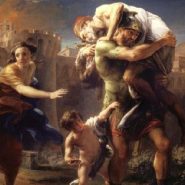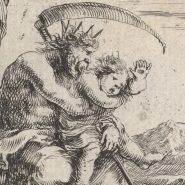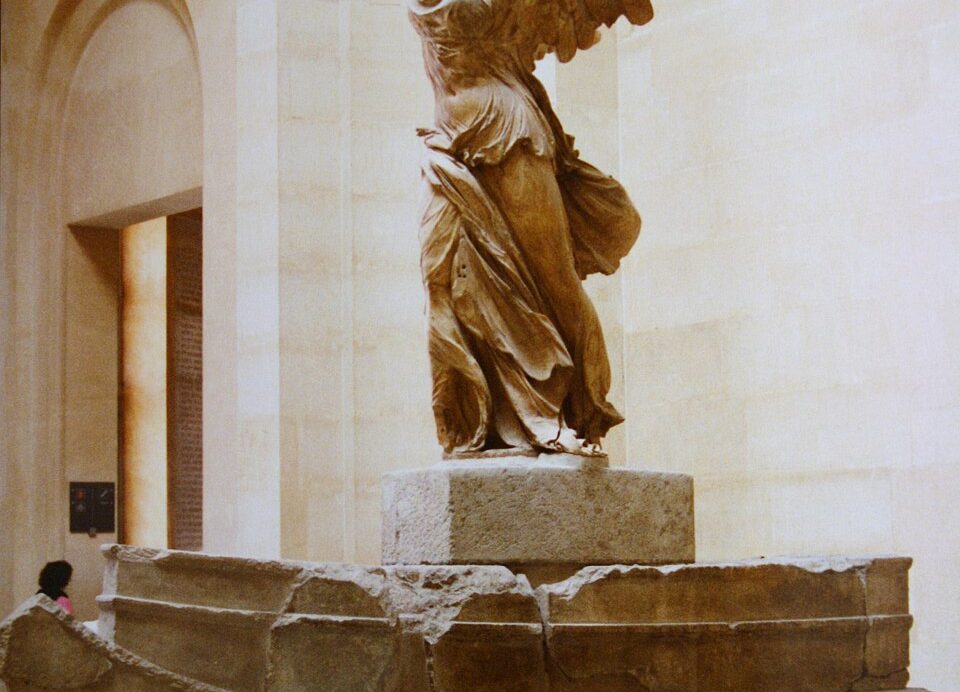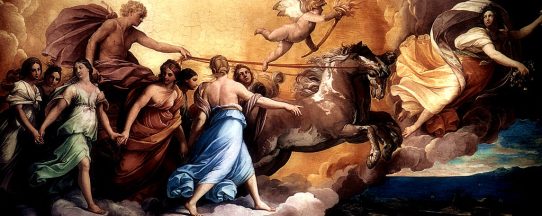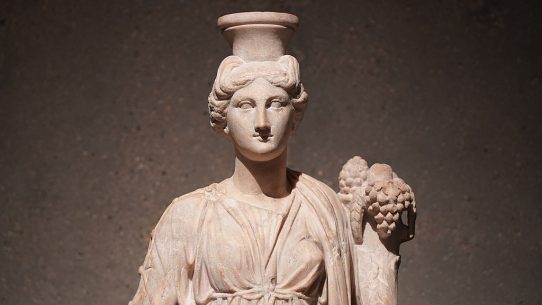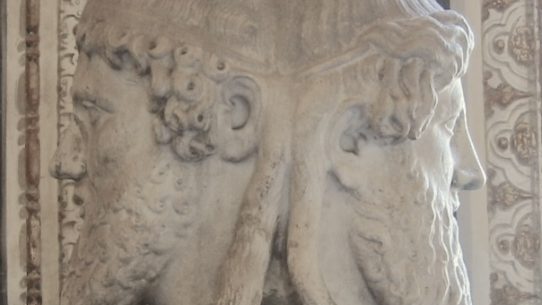Victoria, the radiant goddess of victory, was the embodiment of Roman triumph — both in battle and in the grand enterprise of empire itself. She represented success, power, and the divine favor that determined the outcome of wars and contests. To the Romans, Victoria was not merely a symbol of conquest but a sacred assurance that Rome’s destiny was sanctioned by the gods.
Origins and Mythological Background
Victoria was the Roman counterpart of the Greek goddess Nike, yet her significance extended far beyond that of her Hellenic origin. In Greece, Nike was a fleeting spirit who crowned heroes; in Rome, Victoria became an enduring emblem of state religion and imperial authority. She personified the idea that Rome’s dominion and moral order were divinely ordained.
Her presence was invoked not only on the battlefield but also in political life. Generals dedicated temples to her after decisive victories, and her image appeared on coins, altars, and public monuments throughout the Roman world. Through her, military success was transformed into divine legitimacy — the proof that the gods favored Rome above all nations.
Symbols and Depictions
Victoria was almost always depicted as a winged woman, swift and graceful, often carrying a laurel wreath or palm branch. Sometimes she was shown holding a trophy or inscribing the names of victors on a shield, signifying eternal remembrance.
Her wings symbolized the fleeting nature of triumph — reminding conquerors that fortune’s favor must be continually earned. Yet, unlike Fortuna, who dealt in uncertainty, Victoria embodied certain and deserved victory. Her presence crowned emperors and soldiers alike, immortalizing their glory through divine sanction.
In sculpture, she often appeared standing upon a globe, marking Rome’s universal power, or riding a chariot drawn by four horses — the quadriga, a symbol of celestial triumph. These images became icons of Roman art and statecraft, enduring long after the fall of the empire.
Temples and Worship
Victoria’s worship began in earnest during the Republic. The oldest temple dedicated to her was built on the Palatine Hill in 294 BCE by the consul Lucius Postumius Megellus, following Rome’s victory over the Samnites. Another temple, Victoria Virgo, honored her as a guardian of purity and civic virtue.
One of her most important shrines stood in the Curia Julia, the Roman Senate house, where a gilded statue of Victoria was installed by Augustus after his victory at Actium. For centuries, senators made offerings of incense before her image at the opening of each session — a ritual so integral to Roman identity that when it was later removed under Christian emperors, it provoked public outcry and political tension.
Festivals in Victoria’s honor celebrated both divine favor and national pride. Her feast day, Victoria Augusta, was marked by games and ceremonies that reaffirmed Rome’s eternal might and the emperor’s role as her chosen champion.
Victoria and the Roman Empire
No goddess more perfectly encapsulated the spirit of the Roman Empire than Victoria. She was invoked in inscriptions, oaths, and dedications across the provinces, from Britain to Egypt. Her wings spread over legionary standards, coins, and triumphal arches — most famously on the Arch of Titus and the Column of Trajan, where she appears recording Rome’s victories over its enemies.
Emperors closely associated themselves with her, using her imagery to convey divine approval. Statues of Victoria were placed in imperial forums, and her likeness on coinage reinforced the unity of divine will and Roman destiny. Through her, conquest became not just military success but a manifestation of divine order.
Legacy and Influence
Victoria’s image survived long after the fall of Rome, transformed into enduring symbols of achievement and triumph. Her likeness influenced Christian art, where she evolved into the figure of the winged angel — the messenger of divine victory over sin and death.
Modern representations of victory, such as the Winged Victory of Samothrace (a Greek antecedent) and countless war memorials across Europe and the Americas, continue to echo her form. Even today, she stands atop monuments like Berlin’s Siegessäule and the Victoria Memorial in London, her wings forever poised in flight.
Victoria’s legacy reminds us that triumph is not merely an act of power but a moment sanctified by belief — the union of human effort and divine favor.

